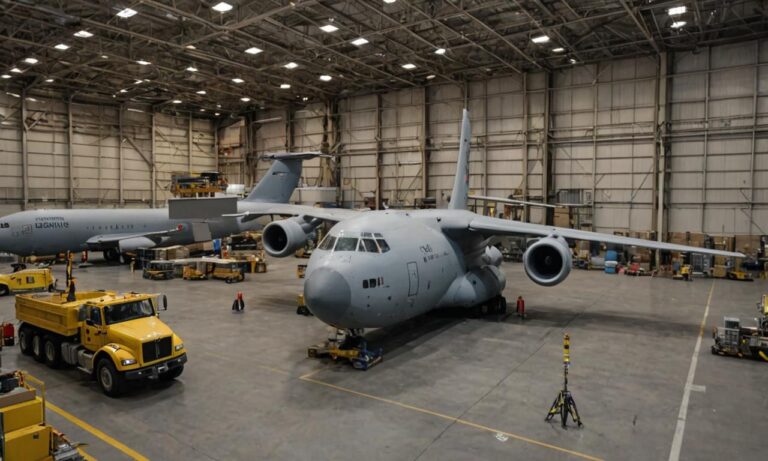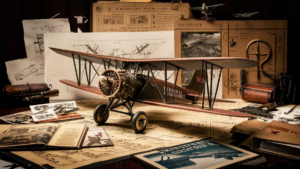The Boeing C-17 Globemaster III is a versatile military transport aircraft developed by Boeing. It serves as the workhorse for numerous air forces around the world, offering exceptional cargo capacity, strategic airlift capabilities, and operational flexibility.
Overview
The C-17 Globemaster III is renowned for its ability to carry large payloads over long distances and land on short, austere airfields. Its advanced design incorporates state-of-the-art avionics, propulsion systems, and materials, making it a reliable asset for military missions, humanitarian aid operations, and disaster relief efforts.
Design and Performance
Boeing designed the C-17 Globemaster III to meet the demanding requirements of modern military transportation. Its robust construction allows for the rapid loading and unloading of cargo, troops, and vehicles, enhancing mission efficiency and effectiveness.
The aircraft’s four Pratt & Whitney F117-PW-100 turbofan engines provide ample thrust, enabling it to carry heavy payloads of up to 170,900 pounds (77,519 kg) and travel at speeds of approximately 450 knots (833 km/h). With a maximum range of 2,400 nautical miles (4,444 km) without refueling, the C-17 can reach virtually any location on the globe, making it an indispensable asset for global operations.
Mission Capabilities
The C-17 Globemaster III excels in a variety of mission roles, including strategic airlift, tactical airlift, airdrop operations, medical evacuation, and humanitarian assistance. Its ability to operate in diverse environments, from icy runways to desert airstrips, enables it to support a wide range of military and civilian operations.
Equipped with advanced avionics and communication systems, the C-17 can conduct both day and night operations in adverse weather conditions, ensuring mission success even in challenging environments.
Operational History
Since its introduction into service in 1995, the C-17 Globemaster III has played a vital role in military operations worldwide. It has supported numerous missions, including troop deployments, cargo transport, aeromedical evacuation, and disaster relief efforts.
Notable deployments of the C-17 include operations in Iraq, Afghanistan, the Balkans, and humanitarian missions in response to natural disasters such as earthquakes, hurricanes, and tsunamis. Its versatility and reliability have earned it the reputation of being one of the most capable airlifters in the world.
Future Prospects
As military and humanitarian missions continue to evolve, the Boeing C-17 Globemaster III remains an essential asset for air forces across the globe. Its proven performance, versatility, and adaptability ensure that it will continue to serve as a critical component of strategic airlift capabilities for years to come.
With ongoing advancements in technology and potential upgrades to its systems, the C-17 Globemaster III will likely maintain its status as a premier military transport aircraft, supporting a wide range of missions and operations around the world.
Cost Efficiency
One of the often-overlooked aspects of the C-17 Globemaster III is its cost efficiency. Despite its robust capabilities, the aircraft offers relatively low operating costs compared to other aircraft in its class. This makes it an attractive option for air forces looking to maximize their budget without compromising on performance.
Technical Specifications
| Specification | Details |
|---|---|
| Length | 174 feet (53 meters) |
| Wingspan | 169.8 feet (51.75 meters) |
| Height | 55.1 feet (16.8 meters) |
| Maximum Takeoff Weight | 585,000 pounds (265,352 kg) |
| Maximum Payload | 170,900 pounds (77,519 kg) |
| Cruise Speed | 450 knots (833 km/h) |
| Range | 2,400 nautical miles (4,444 km) |
Frequently Asked Questions
- What makes the C-17 Globemaster III unique compared to other military transport aircraft?
- How does the C-17 perform in challenging environmental conditions?
- What are some notable missions in which the C-17 has been involved?
- Are there any plans for upgrades or modifications to the C-17 in the near future?
See also:






